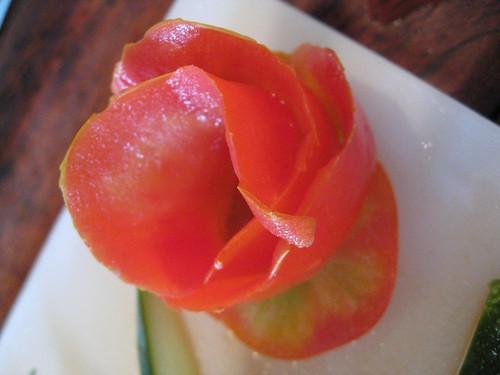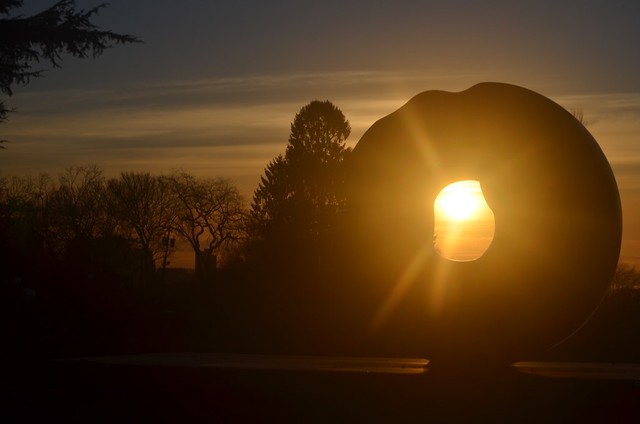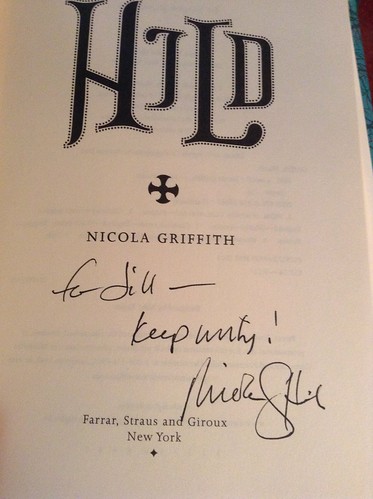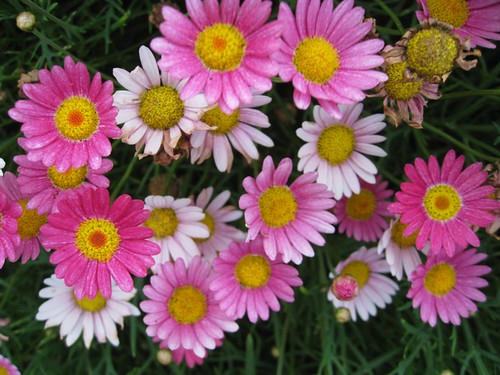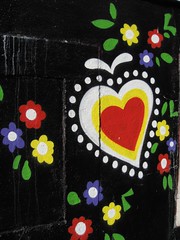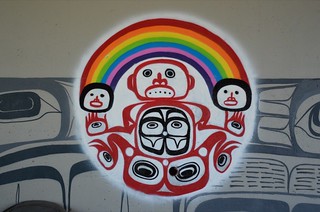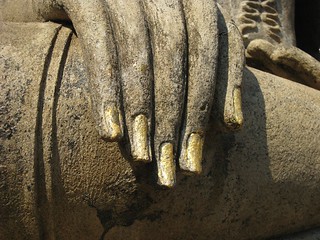My friend Lauren told me about the Pomodoro Technique a while back. The basic idea is to break your work into smaller chunks, work for 25 minutes, take a 5 minute break, and then go back. Wash, rinse, repeat for 4 cycles, then take a longer break.
I thought I would give it a try today to see how it would work for me. I was interested for a couple of reasons:
- I’m easily distracted
- I thought it would help me focus
- I could take those 5-minute breaks and stretch, check the internet, etc. without feeling guilty
So, how did it go? I will first say that I modified the technique as it is explained. I did not attempt to complete a single task in 25 minutes. Rather, I approached a larger project and gave myself 25 minute increments to work on it.
This approach worked very well! The first three pomodori I was able to maintain focus. My breaks were pretty close to 5 minutes. The last two pomodori I found my attention started to wander after 15 minutes and I really had to push aside temptation to say focused.
I had a discussion with a few pals on Twitter the other day about multi-tasking, busy-ness and the pick two of time-quality-price. I think many of us feel frantic as we try to fit more and more into our lives. I can relate to the White Rabbit from Alice in Wonderland: “I’m late! I’m late! For a very important date!”
I often feel as though I’m running behind, and the urge to do more! faster! is something I tussle with. Some days I’m better at it than others. Creating this blog and identifying the slow bloom philosophy has been critical in silencing that voice that tells me I should be doing more.
I liked the overall effectiveness of the technique, which helped me maintain my focus. One of the reasons I often stop what I’m working on is because I get stuck. But with this approach, I found I forced myself to work through whatever barrier came up, instead of goofing off and then returning to see if I had come up with a solution (which NEVER works – LOL).
I’m curious if any of you have used the Pomodoro Technique, or something similar, to manage your time and productivity. How does it work for you? What do you like? What works? What doesn’t?

